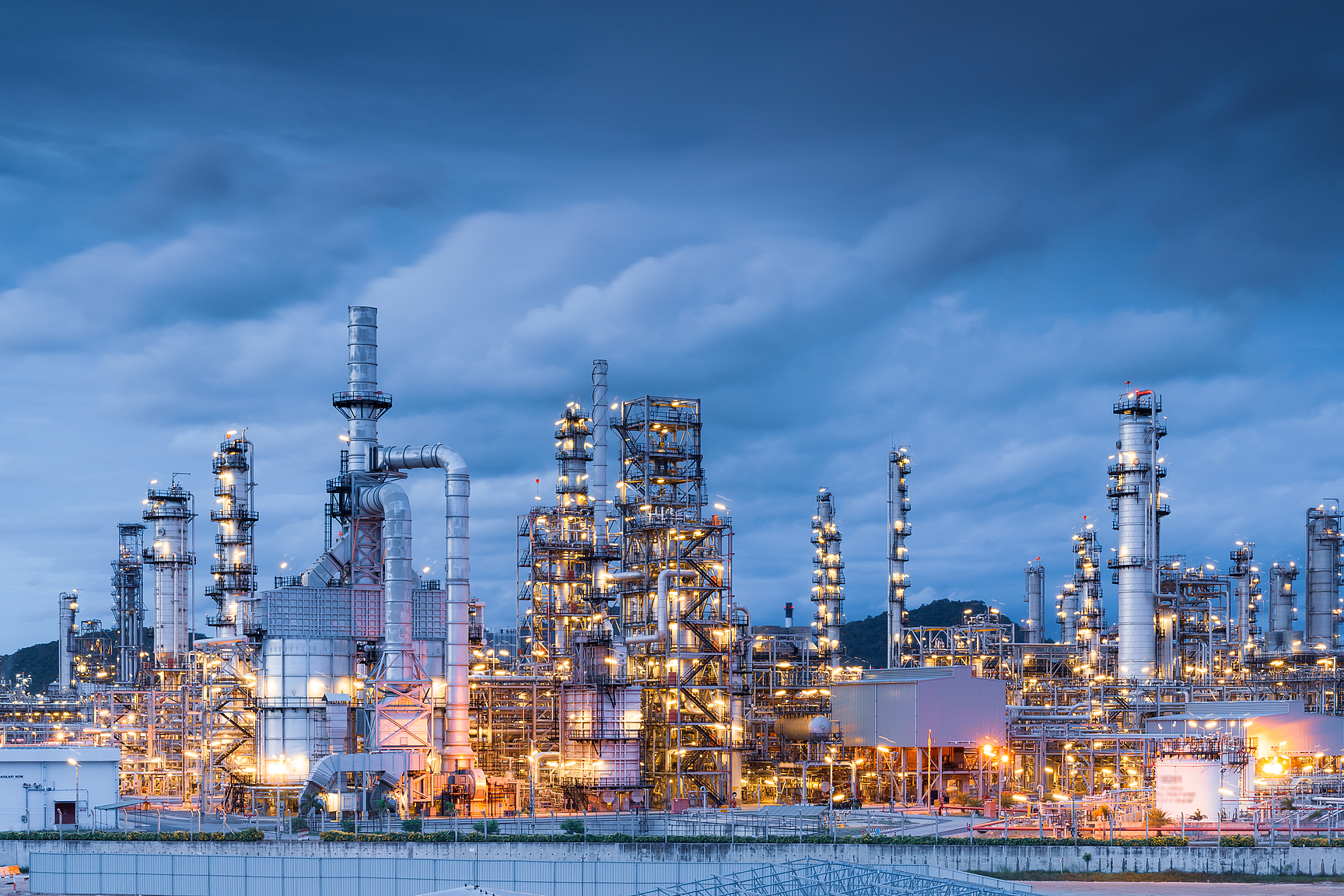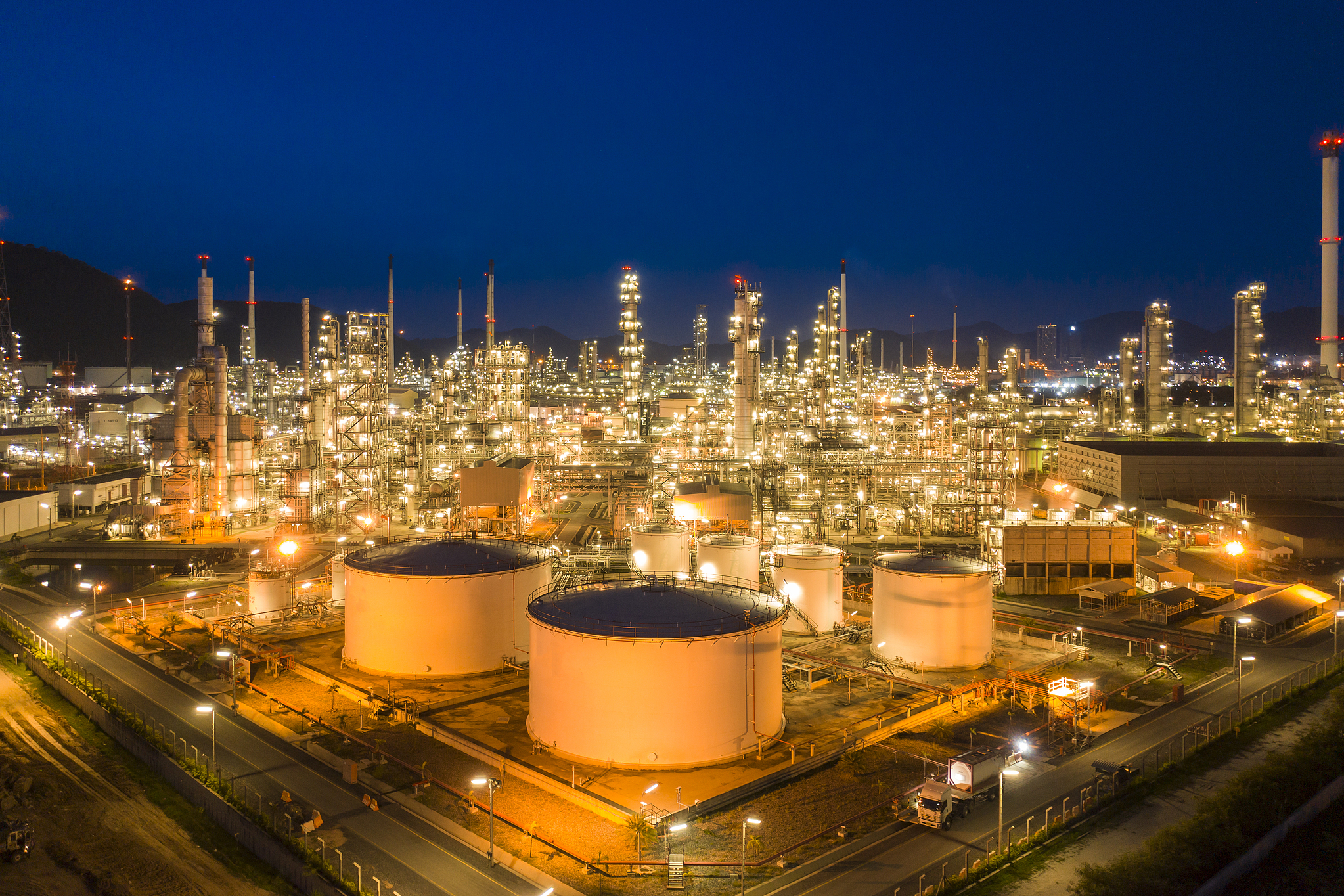











In the ever-evolving world of industrial coatings, 2-Ethylhexyl Acrylate has emerged as a crucial component for manufacturers seeking superior durability and performance. This versatile monomer plays a fundamental role in creating resilient coating formulations that meet today's demanding industrial standards. As coating technologies continue to advance, understanding the proper selection and application of 2-Ethylhexyl Acrylate becomes increasingly important for achieving optimal results.
The chemical properties and performance characteristics of 2-Ethylhexyl Acrylate make it an invaluable ingredient in various coating applications. From automotive finishes to architectural coatings, this compound contributes significantly to the final product's durability, weather resistance, and overall quality. Manufacturers and formulators must carefully consider several factors when incorporating this material into their coating systems to maximize its benefits.
2-Ethylhexyl Acrylate features a unique molecular structure that contributes to its exceptional performance in coating applications. The compound consists of an acrylic group attached to a 2-ethylhexyl chain, providing both reactive functionality and flexibility. This structure enables efficient polymerization while maintaining excellent film-forming properties, making it ideal for coating formulations.
The reactivity of 2-Ethylhexyl Acrylate allows for controlled polymerization reactions, resulting in coating products with precise specifications. Its ability to form strong chemical bonds ensures the development of durable polymer networks that contribute to the coating's longevity and resistance properties.
When selecting 2-Ethylhexyl Acrylate for coating applications, understanding its physical properties is crucial. The compound exhibits low viscosity at room temperature, facilitating easy handling and processing. Its boiling point and flash point characteristics make it suitable for various application methods while maintaining safety standards in manufacturing environments.
The performance features of coatings containing 2-Ethylhexyl Acrylate include excellent adhesion to multiple substrates, superior weather resistance, and remarkable flexibility. These properties stem from the compound's molecular structure and its ability to form well-organized polymer networks during the curing process.
Successful incorporation of 2-Ethylhexyl Acrylate into coating formulations requires careful attention to several key parameters. The concentration of the monomer must be optimized to achieve the desired balance of properties while ensuring cost-effectiveness. Formulators should consider factors such as the target application method, curing conditions, and environmental requirements when determining the optimal concentration levels.
The selection of compatible co-monomers and additives plays a crucial role in maximizing the performance of 2-Ethylhexyl Acrylate in coating systems. These components must work synergistically to enhance the desired properties while maintaining stability during storage and application.
The processing of 2-Ethylhexyl Acrylate-based coating formulations requires specific equipment and conditions to ensure optimal results. Temperature control during mixing and application is essential, as it affects the reaction kinetics and final coating properties. Proper ventilation and safety measures must be implemented to maintain a safe working environment.
Application techniques for coatings containing 2-Ethylhexyl Acrylate vary depending on the end-use requirements. Common methods include spray application, roll coating, and brush application. Each technique requires specific adjustments to the formulation parameters to achieve the desired coating thickness and surface finish.
Implementing comprehensive quality control measures for 2-Ethylhexyl Acrylate-based coatings ensures consistent performance and reliability. Standard testing protocols should include viscosity measurements, solid content analysis, and cure rate determination. These tests provide valuable data for maintaining product consistency and troubleshooting potential issues.
Performance testing of the final coating products should evaluate key properties such as adhesion strength, chemical resistance, and weatherability. These tests help verify that the coating meets specified requirements and provides the expected level of protection and durability.
Assessment of long-term performance is crucial for coatings containing 2-Ethylhexyl Acrylate. Accelerated aging tests can provide insights into the coating's durability under various environmental conditions. Monitoring changes in physical properties and appearance over time helps predict service life and maintenance requirements.
Documentation of performance data and establishment of quality benchmarks enable continuous improvement of coating formulations. This information guides future development efforts and helps maintain consistent product quality across different production batches.
When working with 2-Ethylhexyl Acrylate, adherence to environmental regulations and safety standards is paramount. Manufacturers must ensure compliance with local and international guidelines regarding volatile organic compound (VOC) emissions, workplace exposure limits, and waste disposal requirements.
Implementation of proper handling procedures and safety protocols helps minimize risks associated with 2-Ethylhexyl Acrylate usage. This includes appropriate storage conditions, personal protective equipment requirements, and emergency response procedures.
The coating industry's increasing focus on sustainability has led to innovations in how 2-Ethylhexyl Acrylate is used in formulations. Development of water-based systems and high-solids formulations helps reduce environmental impact while maintaining performance standards.
Consideration of the entire product lifecycle, from raw material selection to end-of-life disposal, ensures responsible use of 2-Ethylhexyl Acrylate in coating applications. This approach supports both environmental stewardship and long-term business sustainability.
2-Ethylhexyl Acrylate provides excellent flexibility, weather resistance, and adhesion properties to coating formulations. Its unique chemical structure enables the formation of durable polymer networks that contribute to long-lasting coating performance.
The compound should be stored in cool, well-ventilated areas away from direct sunlight and heat sources. Proper containment systems and handling procedures must be followed to prevent contamination and ensure safety during use.
Success factors include proper concentration balance, selection of compatible co-monomers and additives, control of processing conditions, and implementation of appropriate testing protocols to verify performance requirements are met.
 Hot News
Hot News2025-07-25
2025-06-16
2025-04-07
2025-04-07
2025-04-07
2025-12-03

